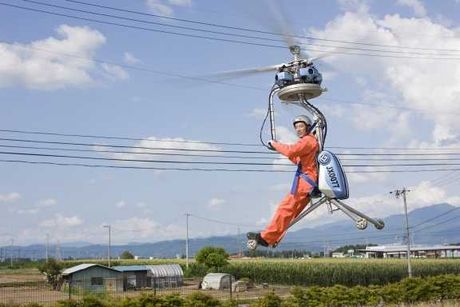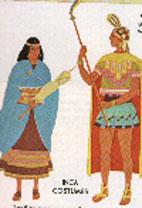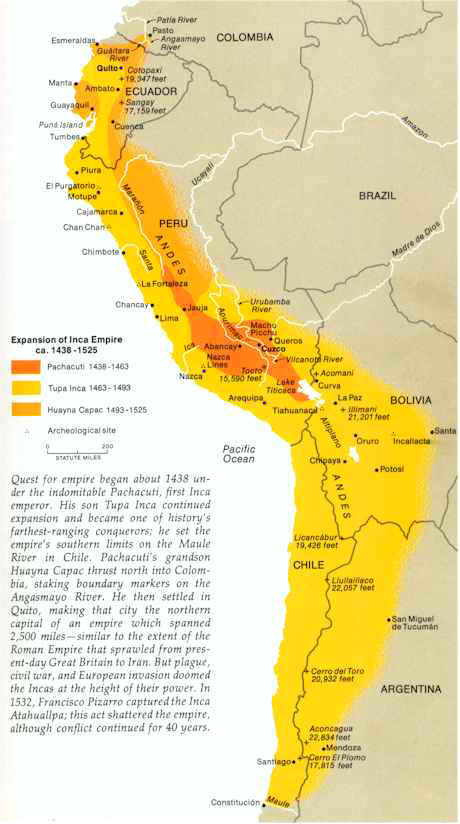kebahagiaan itu sederhana,tapi kita tak pernah menyadarinya :)
seperti: melihat orang yg kita sayangi sedang tersenyum atau kita yg mebuat nya tersenyum
Senin, 20 Mei 2013
helikopter terkecil

Mungkin ini wujud nyata dari baling-baling bambu Doraemon! Helikopter terkecil ini cukup terbuka, hanya memuat tempat duduk untuk satu orang saja, dengan 3 kaki (tripod) beroda, salah satunya digunakan untuk pengendara. Tetap, ada baling-baling di atasnya dan ada unit sumber tenaga.
Helikopter terkecil ini dibangun oleh perusahaan Jepang, Gen Corporation dengan panjang satu jeruji baling-baling hanya 3,9 meter. Helikopter ini diberi nama GEN H-4. Anda berani menaikinya?
anjing tertinggi

Adalah Denise Doorlag yang memiliki hewan peliharaan anjing berjenis Great Dane yang bernama Zeus. Denise sering ditanya tetangganya, "Ini anjing atau kuda?"
Saat diukur pada Oktober 2011 lalu, bila berdiri, tingginya 1,1 meter, dan panjangnya setara dengan mobil mewah Limousine, yaitu 3,2 meter. Zeus tidak hanya anjing tertinggi yang hidup di dunia, namun juga diklaim sebagai anjing tertinggi dalam sejarah.
Selasa, 14 Mei 2013
INCA EMPIRE
Inca Civilization

The Inca Empire, or Inka Empire (Quechua: Tawantinsuyu), was the largest empire in pre-Columbian America. The administrative, political and military center of the empire was located in Cusco in modern-day Peru. The Inca civilization arose from the highlands of Peru sometime in the early 13th century.
From 1438 to 1533, the Incas used a variety of methods, from conquest to peaceful assimilation, to incorporate a large portion of western South America, centered on the Andean mountain ranges, including, besides Peru, large parts of modern Ecuador, western and south central Bolivia, northwest Argentina, north and north-central Chile, and southern Colombia into a state comparable to the historical empires of Eurasia.
The official language of the empire was Quechua, although hundreds of local languages and dialects of Quechua were spoken. The Inca referred to their empire as Tawantinsuyu which can be translated as The Four Regions or The Four United Provinces.
There were many local forms of worship, most of them concerning local sacred "Huacas", but the Inca leadership encouraged the worship of Inti - the sun god - and imposed its sovereignty above other cults such as that of Pachamama. The Incas considered their King, the Sapa Inca, to be the "child of the sun." As ancient civilizations sprang up across the planet thousands of years ago, so too the Inca civilization evolved. As with all ancient civilizations, its exact origins are unknown. Their historic record, as with all other tribes evolving on the planet at that time, would be recorded through oral tradition, stone, pottery, gold and silver jewelry, and woven in the tapestry of the people.
The Inca of Peru have long held a mystical fascination for people of the western world. Four hundred years ago the fabulous wealth in gold and silver possessed by these people was discovered, then systematically pillaged and plundered by Spanish conquistadors. The booty they carried home altered the whole European economic system. And in their wake, they left a highly developed civilization in tatters. That a single government could control many diverse tribes, many of which were secreted in the most obscure of mountain hideaways, was simply remarkable.
No one really knows where the Incas came from that historic record remains carved in stone for archaeologists to unravel through the centuries that followed.
The Inca Empire was short-lived. It lasted just shy of 100 years, from ca.1438 AD, when the Inca ruler Pachacuti and his army began conquering lands surrounding the Inca heartland of Cuzco, until the coming of the Spaniards in 1532.

Most of the accounts agree on thirteen emperors. The Inca emperors were known by various titles, including "Sapa Inca," "Capac Apu," and "Intip Cori." Often, an emperor was simply referred to as The Inca.
The first seven were legendary, local, and of slight importance. During this period the Inca were a small tribe, one of many, whose domain did not extend many miles around their capital city, Cuzco. They were warriors, almost constantly at war with neighboring tribes. Ritual sacrifices were common, evidence of which is found by archaeologists to this very day.
Cusco was the center of the Inca Empire, with its advanced hydraulic engineering, agricultural techniques, marvelous architecture, textiles, ceramics and ironworks.
Langganan:
Komentar (Atom)